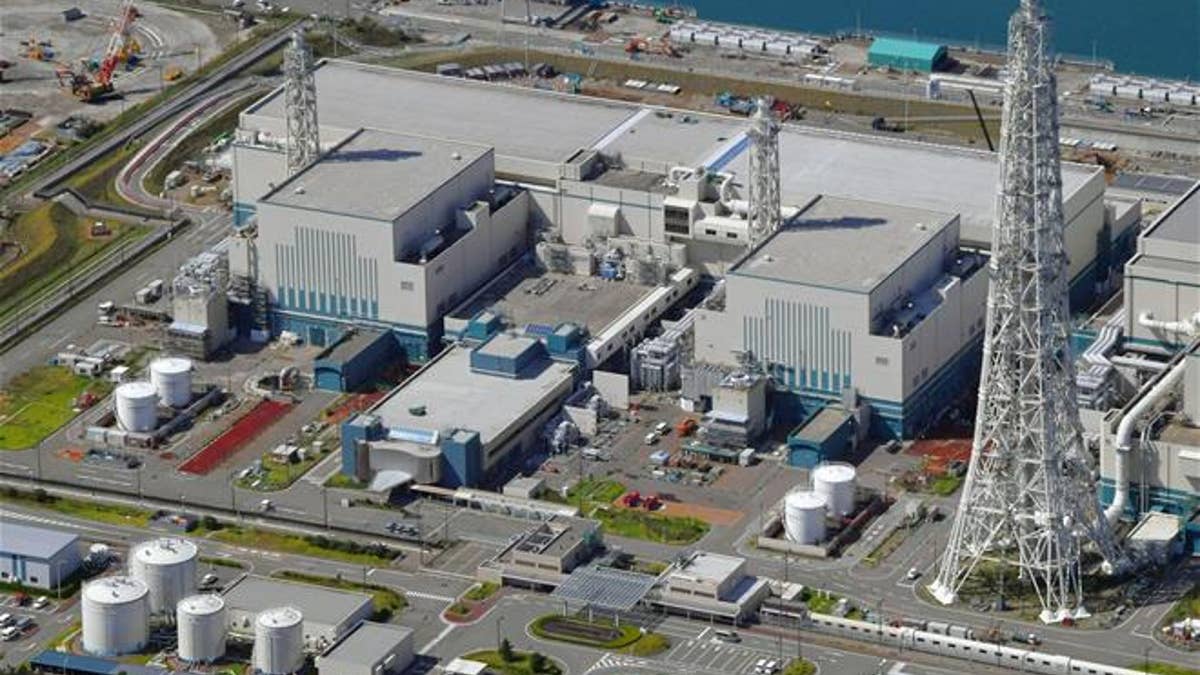
This Sept. 30, 2017 aerial photo shows the reactors of No. 6, right, and No. 7, left, at Kashiwazaki-Kariwa nuclear power plant, Niigata prefecture. (Kyodo News via AP)
The biggest nuclear power plant in the world sits idle, as it has for nearly seven years. But that state is set to change, and not without public trepidation.
The Guardian reports that Japan's nuclear watchdog this week gave Tokyo Electric Power (TEPCO) the green light to restart two of the seven reactors at Kashiwazaki-kariwa, which fell victim to the country's nuclear power moratorium in the wake of the March 2011 Fukushima disaster.
That calamity occurred on TEPCO's watch, and the utility says the money it will generate from Kashiwazaki-kariwa's power is key to funding its continuing decommissioning efforts at Fukushima.
It has poured more than $6 billion into Kashiwazaki-kariwa in an effort to make it immune to the series of disasters that befell Fukushima. A 50-foot seawall provides tsunami protection, for instance, and 22,000 tons of water sit in a nearby reservoir, ready for the taking if reactors need sudden cooling.
But locals aren't convinced—the Japan Times reports some people shouted at the meeting where the restart approval was granted—and that matters: Though the restarts are penciled in to occur in spring 2019, the AFP reports local authorities need to give their OK, and that process could take years.
The plant is located in Niigata prefecture, and locals there cite the active seismic faults in the area as a major concern; the Guardian notes "evidence that the ground on which Tepco's seawall stands is prone to liquefaction in the event of a major earthquake." A second is the fear that should an evacuation be necessary, it would be much less successful than that of Fukushima due to the bigger population.
This article originally appeared on Newser: World's Biggest Nuke Plant Gets a Long-Awaited OK




















